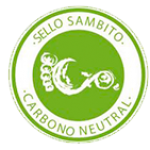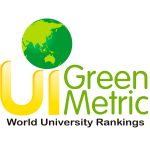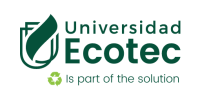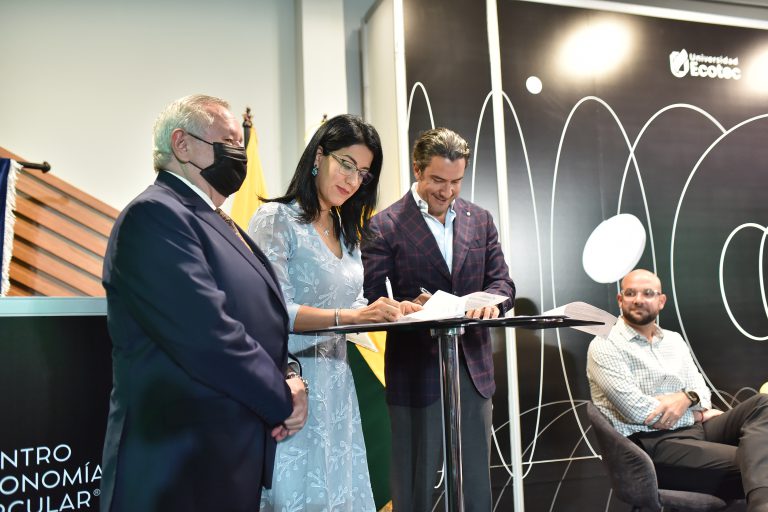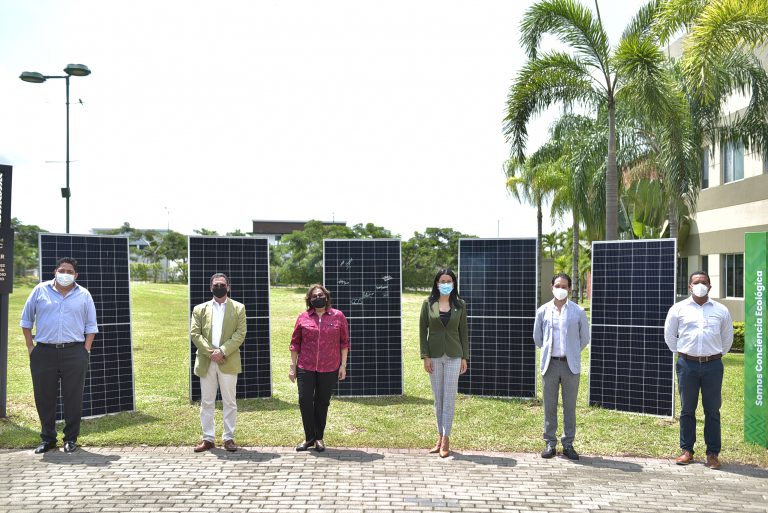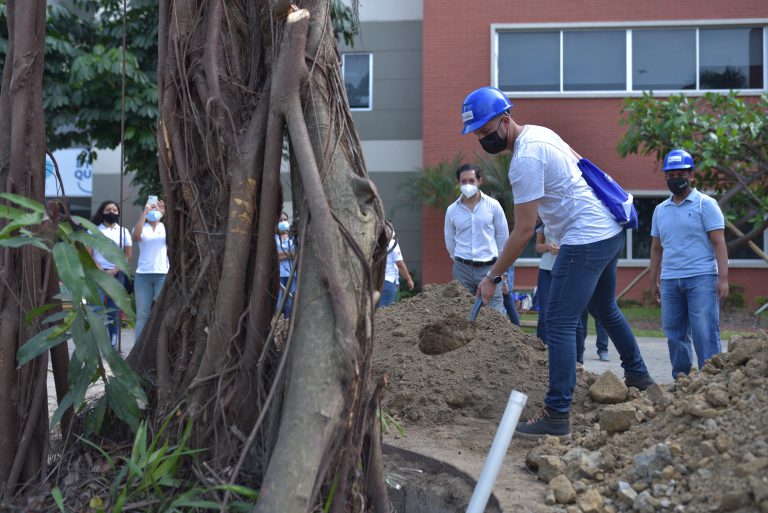









We are Ecological Consciousness
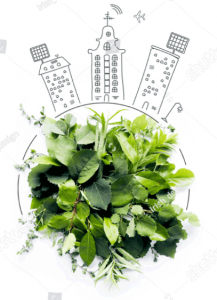
Participación
Our commitment to the Environment is reflected in the implementation of good practices and the ongoing reforestation of green spaces in our 3 campuses. We also encourage our students to actively participate in initiatives that help to improve the condition of the ecosystem through environmental projects.
Sustainable Development Policies
”ECOTEC is an inclusive higher education institution that integrates its processes with relevance and promotes the strengthening of its management, with academic quality, social responsibility, preserving the environment and protecting the health and safety of its employees with transparency, respecting the current legal system and incorporating the needs and expectations of its stakeholders for continuous improvement”
Guided by the principles of sustainable development, we have developed complementary institutional policies, which commit us to minimize the environmental impact generated by our activities, promoting the sustainable use of resources and reducing waste, whenever it is technically and economically feasible.
These complementary policies include:
- Carbon Footprint Policy
- Energy Management Policy
- Water Management Policy
- Waste Management Policy
- Green Acquisitions Management Policy
- Non Smoking Policy
Our Sustainability Report allows us to annually identify all the actions that ECOTEC carries out based on its institutional pillars towards the social, economic and environmental axis; through clean energy projects, sustainability policies and programs, monitoring of environmental aspects, among others.
Sustainable actions

Solar panels
Energy Matrix Change
Committed to the environment, we decided to change ECOTEC’s energy matrix relying on a clean energy source, through a solar power plant on Samborondón Campus.
The solar plant generates 1,078,350 kWh / year corresponding to 80% of electricity consumption, reducing our carbon footprint by 539 tons of CO2.
In this way and through other projects that complement students’ activities, we ensure that each student adopts the objectives of sustainable development and be recognized for their mentality focused on economic, social and environmental well-being.
With this project, we directly address SDG 11 Sustainable Cities and Communities and SDG 13 Climate Action.
Recycling and biosecurity
Waste Management on campus
Face Coverings disposal
Circular Economy Center
Water and waste treatment
Water treatment plant
By changing the energy matrix, we generate clean energy which in turn allows us to protect the environment
Phase 1.- The plant treats the institution’s domestic wastewater with high-quality equipment under physical and chemical processes (internationally endorsed).
Phase 2.- The plant uses the treated water to irrigate the green areas of the campus and designed for a capacity of 8000 users per day. The amount of available treated water will be higher than that demanded quantity for institutional irrigation; thus contributing to reduce water footprint and environmental impacts of the Samborondón county.
Through this project and others, which complement the activities carried out by the students, we make sure that the students adopt the SDGs in their daily and university activities, empowering themselves in the active search for solutions.
With this initiatives, we directly address SDG 6 Clean Water and Sanitation, and SDG 11 Sustainable Cities and Communities.
Carbon Neutral
Quantity
Reduce
Offset
Data and Research
We have implemented transversal courses with a sustainability approach in our academic offering, incorporating criteria in the training of our future professionals and activities that advance the SDGs, to complement the environmental training of our students.
Based on our institutional, social, business and environmental commitment, we have created the Center for Sustainable Development Studies, made up of a group of multidisciplinary professionals who, under the leadership of the Director of the program, address relevant issues to provide solutions that benefit society and the environment.
Cambio de Matriz energética
Con el cambio de matriz energética aportamos al cuidado del Medio Ambiente con la generación de energía limpia.
Instalación de planta y huerto solar
Aportamos 85% de energía limpia con la instalación de 1889 paneles solares como parte de nuestro pilar de Conciencia Ecológica.
Plan de reforestación
Más de 350 árboles de especies nativas se plantan en nuestros campus como parte del plan de reforestación institucional.
Siembra de árboles nativos y exóticos
Guayacanes blancos, robles morados, acacias (azules y rojas), entre otras, son las especies de árboles nativos y exóticos que hemos plantado en campus.
Instalación de puntos ecológicos para reciclaje
El reciclaje es un punto importante con el que cuidamos el Medio Ambiente. En diferentes espacios académicos y oficinas, hemos instalado más de 40 puntos ecológicos.
Investigación pertinente en temas ambientales
A través del Centro de Estudios para el Desarrollo Sostenible impulsamos investigación que esté al alcance de la comunidad para que sean aplicables y sostenibles en el tiempo.
Actividades estudiantiles de Vinculación
Con diversos proyectos de Vinculación beneficiamos a la comunidad, generando y desarrollando acciones verdes positivas.
Sustainability Report 2020
Galería Interactiva
Hevea brasiliensis
Hevea brasiliensis, llamado comúnmente árbol del caucho, jacio del Orinoco,1 shiringa o seringueira (del portugués), es un árbol de la familia de las euforbiáceas de 20 a 30 m de altura (excepcionalmente 45 m). El tronco es recto y cilíndrico de 30 a 60 cm de diámetro, de madera blanca y liviana. Sus hojas son compuestas trifoliadas, alternas, de 16 cm de longitud, por 6 a 7 cm de ancho; deja caer parcialmente las hojas durante la estación seca, antes de lo cual las hojas de la copa del árbol se tornan de color rojizo. Las flores son pequeñas y reunidas en amplias panículas. Frutos: produce desde los 4 años, cada uno de los cuales es una gran cápsula de 4 cm de diámetro que se abre en valvas, con semillas ricas en aceite.
Su látex es blanco o amarillento y abundante hasta los 25 años de edad del árbol. De él se fabrica el caucho, después de “sangrar” el tronco mediante incisiones angulares en V. Este látex contiene 30 a 36% de hidrocarburo del caucho, 0,5% de cenizas, 1,5% de proteínas, 2% de resina y 0,5% de quebrachitol. El caucho también puede obtenerse del látex de otros árboles del género Hevea (v.g. H. guianensis Aubl. 1775 y H. pauciflora Müll.Arg. 1865). Este árbol es originario de la cuenca hidrográfica del río Amazonas, donde existía en abundancia y con exclusividad, características que generaron el auge o fiebre del caucho, periodo de la historia sudamericana de mucha riqueza y pujanza para empresarios que se asentaron en la región amazónica y a la vez de desastre para la población indígena que sufrió exterminios y esclavitud, hasta que los ingleses se apoderaron del lucrativo negocio, al sacar el botánico Henry A. Wickham ilegalmente de Brasil semillas de este árbol, en 1876, para establecer plantaciones en Malasia, Birmania, Ceilán y África subsahariana. Hacia 1914 la cantidad de caucho obtenido de plantaciones ya superaba la extraída de árboles silvestres.
El trabajador que extrae el látex de caucho es llamado cauchero.
La posesión de las áreas naturalmente ricas en Hevea existentes en la entonces zona del Acre provocó a inicios de siglo XX la Guerra del Acre entre Bolivia, Brasil e incluso Perú.
Cambio de Matriz energética
Con el cambio de matriz energética aportamos al cuidado del Medio Ambiente con la generación de energía limpia.
Instalación de planta y huerto solar
Aportamos 85% de energía limpia con la instalación de 1889 paneles solares como parte de nuestro pilar de Conciencia Ecológica.
Plan de reforestación
Más de 350 árboles de especies nativas se plantan en nuestros campus como parte del plan de reforestación institucional.
Siembra de árboles nativos y exóticos
Guayacanes blancos, robles morados, acacias (azules y rojas), entre otras, son las especies de árboles nativos y exóticos que hemos plantado en campus.
Instalación de puntos ecológicos para reciclaje
El reciclaje es un punto importante con el que cuidamos el Medio Ambiente. En diferentes espacios académicos y oficinas, hemos instalado más de 40 puntos ecológicos.
Investigación pertinente en temas ambientales
A través del Centro de Estudios para el Desarrollo Sostenible impulsamos investigación que esté al alcance de la comunidad para que sean aplicables y sostenibles en el tiempo.
Actividades estudiantiles de Vinculación
Con diversos proyectos de Vinculación beneficiamos a la comunidad, generando y desarrollando acciones verdes positivas.
Certifications
